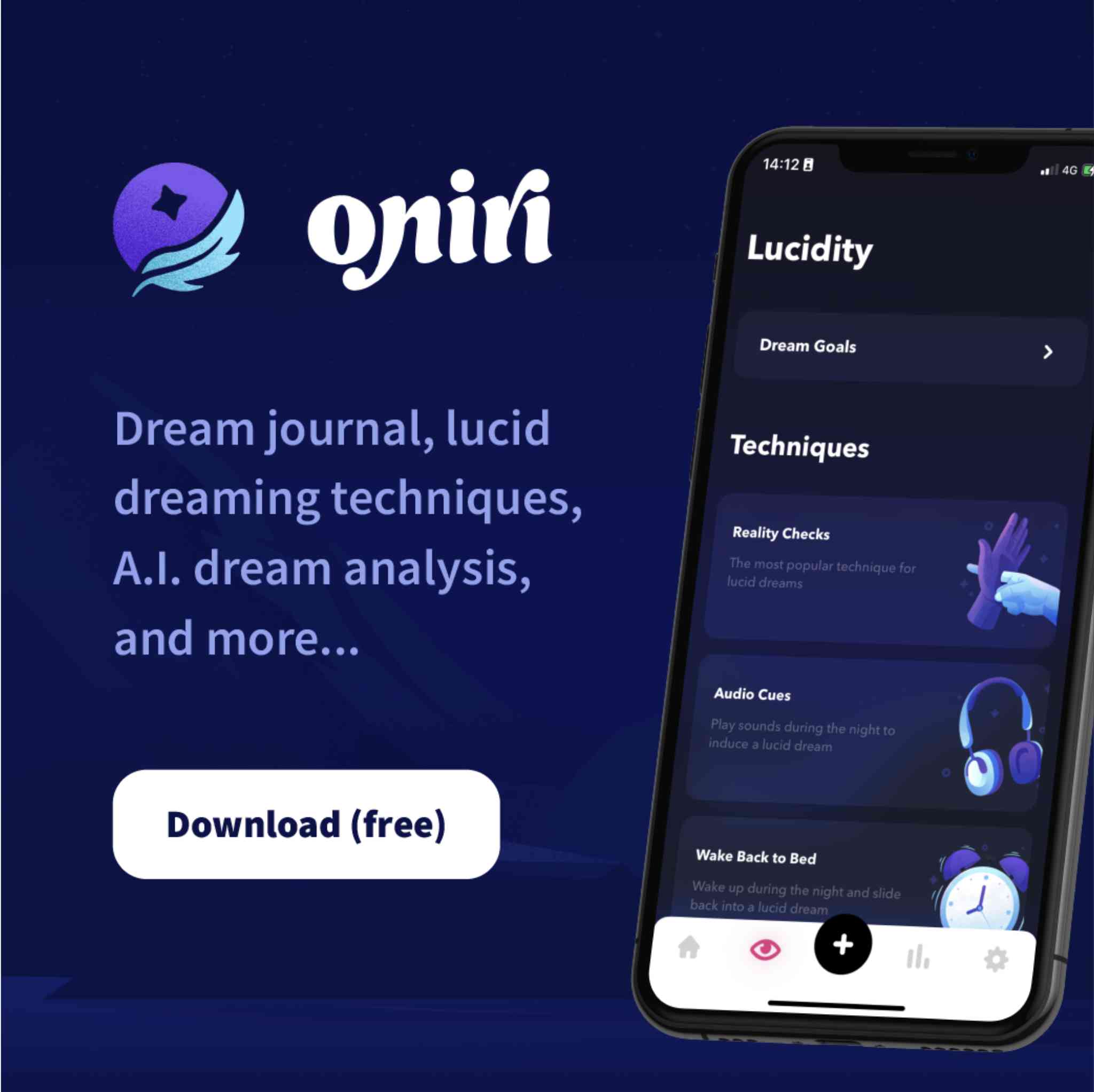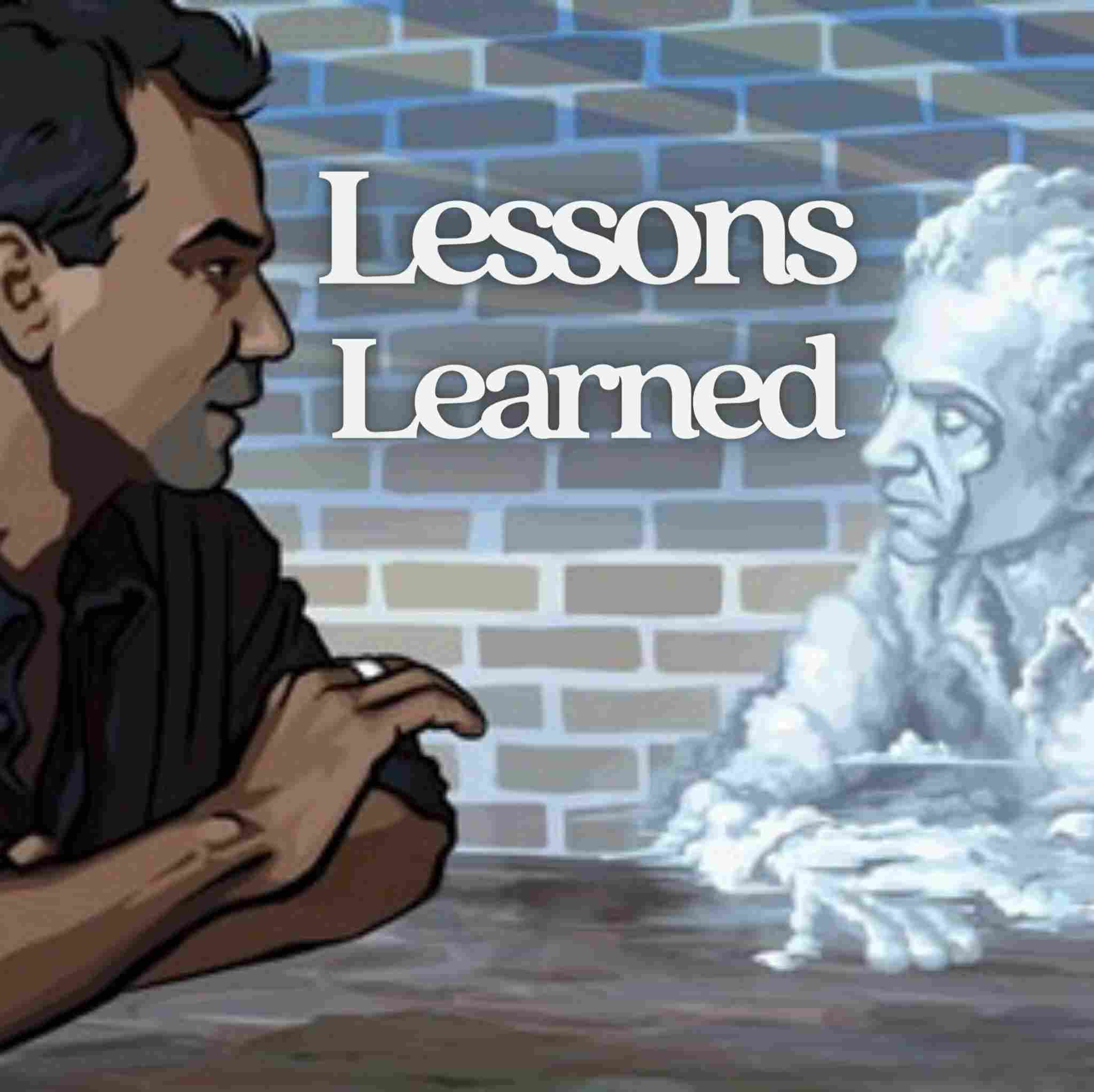Can Dreams Predict the Future?
The 2024 "Home‑Dream" study

In 2024, International Journal of Dream Research published a tightly controlled "home‑dream" experiment testing whether people could dream about randomly selected future targets and later identify them among decoys.
Key elements of their design included randomized target assignment, blind external judges who rated dream summaries against one true target and three decoys, and analyses that accounted for chance-level responding. The authors report an above‑chance hit rate and carefully explore psychological moderators (like confidence and ambiguity tolerance), finding nuanced effects: subjective confidence influenced similarity ratings but did not fully explain the hit rate.
Why this study matters
The Vernon et al. study is notable for bringing stronger methodological safeguards (randomization, blind judging, home‑based data collection) to a controversial research area. While it doesn't prove supernatural precognition, it documents a replicable, above‑chance signal that merits further investigation.
Supporting research and context
1. Psychological biases: selective recall and meaning‑making
A big reason people feel dreams predict the future is selective memory: hits are noticed and remembered, misses are forgotten. Diary and questionnaire research on dream recall shows that belief and confidence color how people judge dream–event correspondences. For background, see Schredl's reviews on dream recall and precognitive claims.
2. The brain as a prediction machine
Contemporary neuroscience often frames the brain as a Bayesian predictor. During sleep—especially REM—your brain replays, recombines, and simulates experiences. The Overfitted Brain Hypothesis (Hoel, 2020) proposes that dreams inject noise so models generalize better; this mechanism can occasionally produce surprisingly accurate anticipations of future patterns without invoking paranormal explanations.
Research by Llewellyn (2016) suggests that REM dreams may serve as a form of "prospective coding" that identifies probabilistic patterns in past events. This theory proposes that dreams create unconscious, associative, sensorimotor images that can be mobilized as predictive codes during wakefulness. The bizarreness characteristic of dreams may result from this prospective code fusing phenomena with the same meaning within a particular context, potentially explaining how dreams could occasionally anticipate future events through pattern recognition rather than supernatural means.
This perspective aligns with the broader framework of precognition as a form of prospection, which suggests that what appears to be supernatural precognition may actually be the brain's natural ability to anticipate and simulate future scenarios based on past experiences and pattern recognition. This cognitive framework helps explain how dreams might occasionally produce seemingly predictive content through normal neurological processes.
Neural decoding studies also show that dream imagery maps onto hierarchical visual representations: researchers can decode dreamt objects using models trained on waking vision, suggesting dream imagery is rooted in the same perceptual/modeling machinery that informs prediction. Example decoding work: Horikawa et al. (2017).
3. Lucid dreaming, memory, and metacognition
Lucid dreamers—who become aware while dreaming—tend to have stronger dream recall and greater metacognitive access to dream content. Neuroimaging reviews describe increased prefrontal engagement during lucid dreaming, which could improve encoding and reporting of dream details. For an overview, see Baird et al. (2019).
4. Historical and controversial psi work
Precognition and psi research have a long, contested history. Daryl Bem's 2011 paper "Feeling the Future" reignited debate about retroactive influence with meta‑analytic claims—sparking methodological critiques and replication attempts. Bem's work is controversial but important context for why stringent experimental controls (like Vernon et al.'s) are necessary.
5. AI-assisted dream analysis and scoring
Recent research has explored using artificial intelligence to analyze precognitive dreams. Mossbridge et al. (2025) conducted a case study with a skilled lucid dreamer, using AI text embedding models to score dream-target matches. Their study found that AI-judged methods offered clear evidence for precognition, with one dream-target match calculated to be highly unlikely by chance (p < 1.2 × 10⁻⁵). The research suggests that AI models can capture human sensibilities in dream analysis while potentially expanding on them, opening new possibilities for future free-response experiments in precognitive research.
6. Additional dream research perspectives
Further insights into dream mechanisms and their potential predictive nature come from additional research in the field. For example, this study contributes to our understanding of how dreams may process and integrate information in ways that could occasionally produce seemingly predictive outcomes through natural cognitive processes rather than supernatural phenomena.
Practical takeaways for lucid dreamers
- Keep a thorough dream journal. Recording every dream reduces selective recall and creates a verifiable record.
- Use randomized targets and blind judging. If you want to test precognitive claims personally, borrow the Vernon et al. design: a randomized target set plus blind raters dramatically reduces bias.
- Note expectation and confidence. Track how confident you feel about dream‑target matches—subjective confidence can color similarity ratings even when it doesn't predict true correspondence.
- Practice lucidity. Lucid awareness can improve recall and the precision of dream reports, which helps rigorous testing.
Here's our resident expert Robert Waggoner's take on precognitive dreaming:
And here's still more if you're interested.










